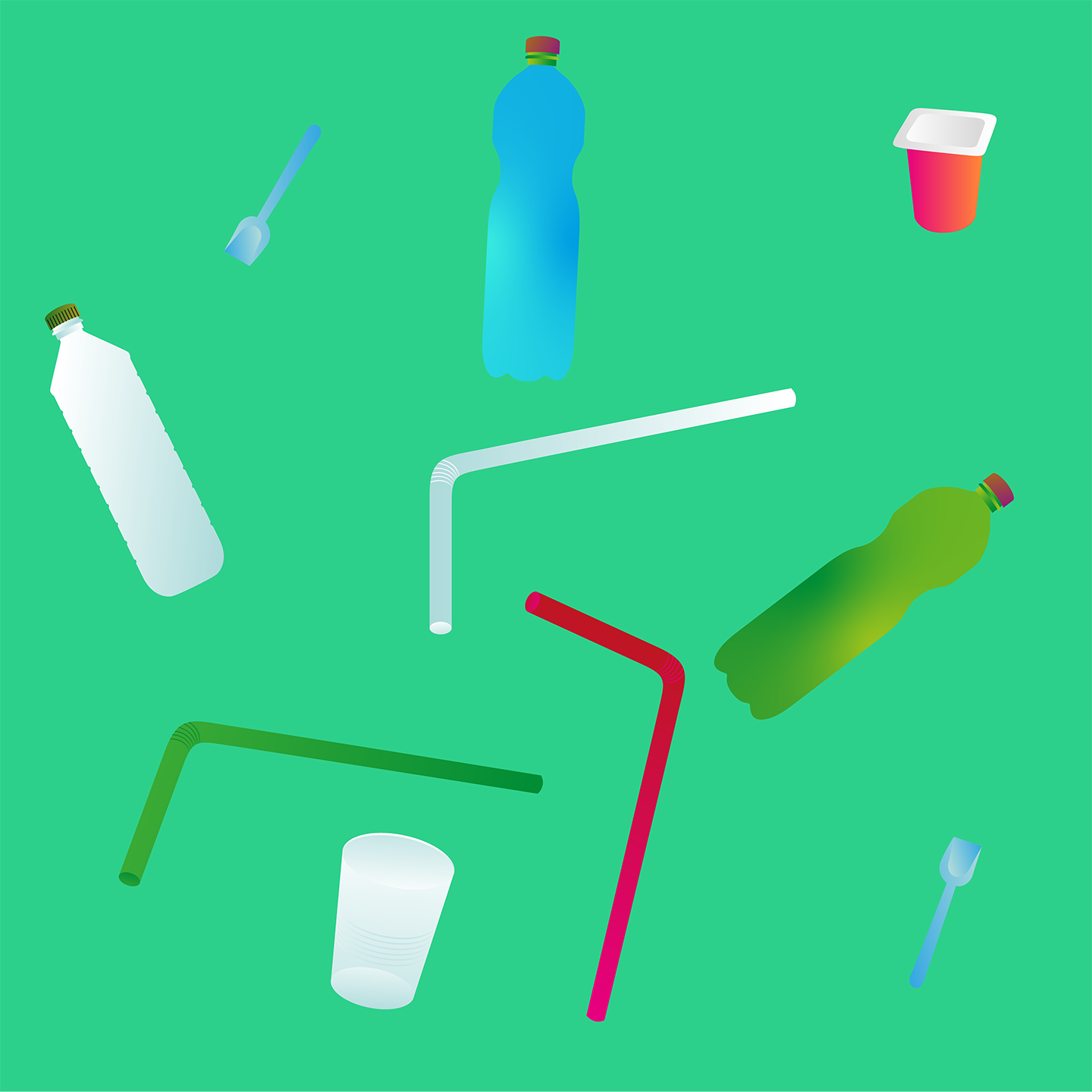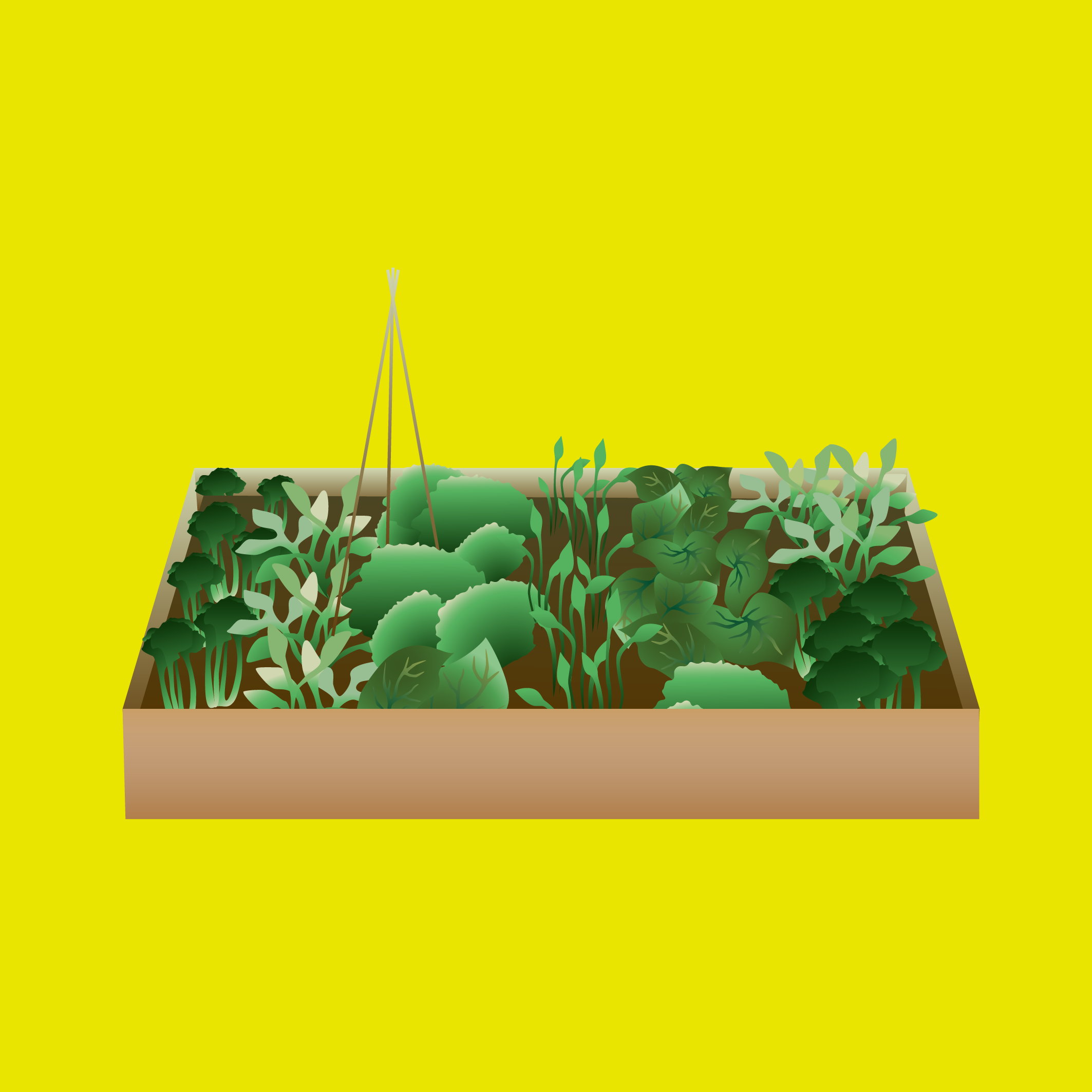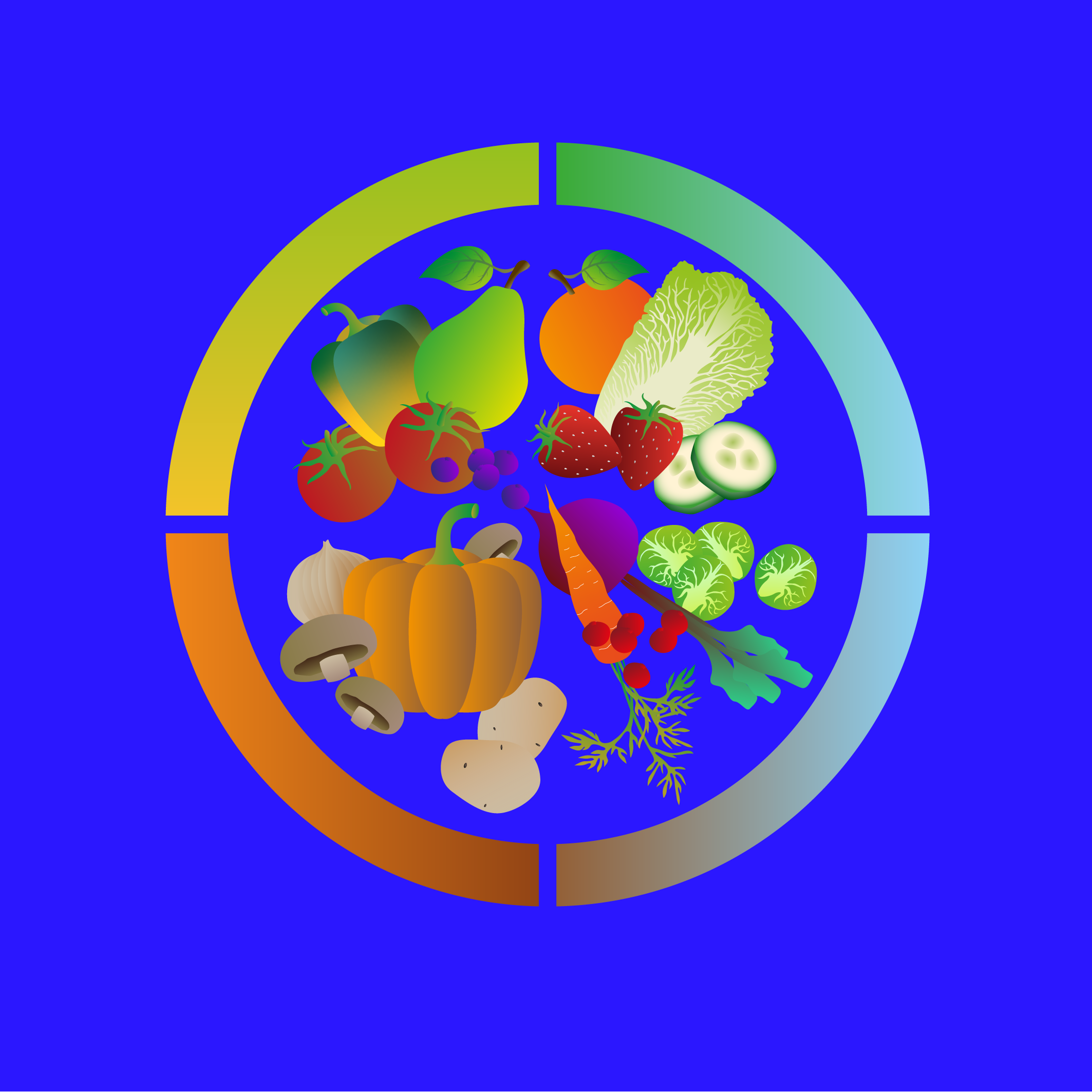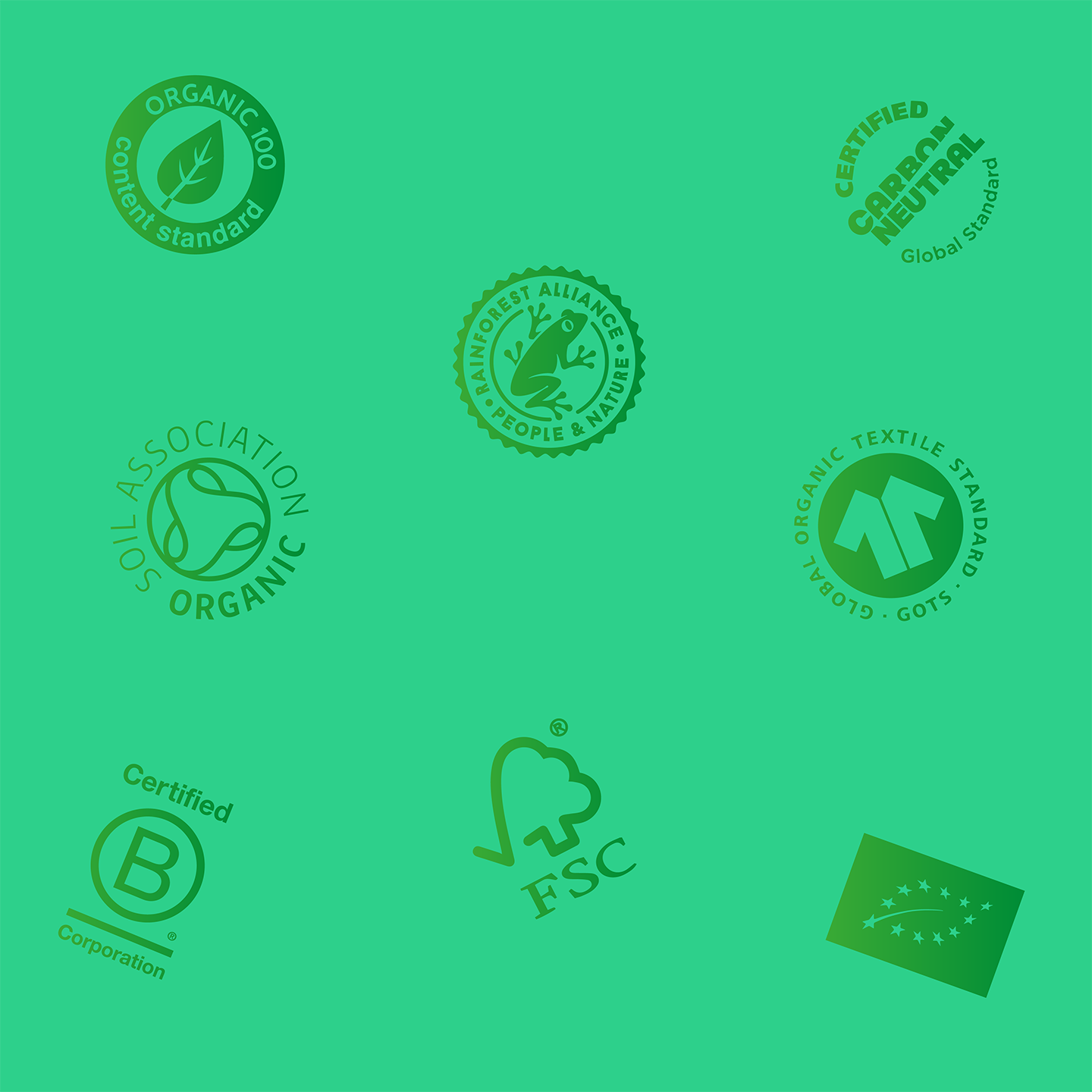Glossary
1.5°C Pathway
2030 Agenda for Sustainable Development
The UN plan of action for people, the planet, and prosperity developed in 2015 by the UN Member States. It requires all nations to take climate action, reduce unemployment, strengthen gender equality and promote peaceful societies through a set of 17 Sustainable Development Goals and 169 targets.
Anthropocene
A proposed geological epoch describing the most recent period of Earth’s history, where the effects of manmade activity have and are directly impacting Earth’s natural climate and ecosystem function. The start date is contentious, some historians believe it coincided with the first Agricultural Revolution 12,000 – 15,000 years ago, others with the industrial revolution in Europe in the 18th century, and still others with the onset of globalisation after the end of WWII.
Atmospheric Carbon Dioxide
Carbon which reaches the atmosphere through natural and human activities. Natural sources are from animals that exhale CO2 as a waste product. Human sources are from agriculture and energy production, including burning coal, oil, or natural gas.
Bio-Based Materials
Bio-based materials are derived from bio-based polymers. These biopolymers are produced by microorganisms, plants, and animals. Because these materials are living, they are susceptible to attack by natural organisms ranging from bacteria and fungi to insects and higher animals. Examples of bio-based materials include cellulose fibres, cornstarch, and casein proteins, and are used for food packaging, leather alternatives, and medical applications.
Bio-Compostable
Bio-compostable plastics can undergo complete microbial breakdown into compost. They can be broken down into water, CO2, inorganic compounds, and biomass by microbes at the same rate as other organic materials in a compost site, leaving no toxic residue. Bio-compostable materials must be able to compost naturally within 180 days or less. If longer, then they are bio-degradable.
Biodiversity
Biodiversity means literally “the diversity of life”. It refers to the tens of millions of species that inhabit Earth.
Biodegradable
Biofuel
Blue Carbon
Carbon sequestered by, and stored in, coastal and marine ecosystems including mangroves, sea grasses, and salt marshes.
BPA
Carbon Footprint
Carbon Neutral
Maintaining a balance between emitting CO2 and absorbing CO2 from the atmosphere in carbon sinks. The UK aims to be carbon-neutral by 2050.
Carbon Offset
Carbon Sequestration
Carbon Sink
Anything that absorbs or stores more CO2 than it emits.
Certified Products
Certified B-Corporations
Circular Economy
Climate Change
Climate Change Mitigation
Climate Positive
Closed Loop System
COP (Conference of the Parties)
COP26
Cradle to Cradle
Decarbonising
Eco-driver
Electronic Waste
Embodied Energy
The total carbon, water and energy that goes into producing any food or manufactured item.
ESG (Environmental, Social and Governance)
Ethical Bank
Environmental Toxins
Fast Fashion
Food Miles
Fossil Fuels
Fossil fuels are formed from millions of years of decomposition and compression of living matter. They include coal, oil, and natural gas.
Future-Proofing
A process of anticipating the future and developing methods of minimising the effects of shocks and stresses of future events. It is used to protect the value of something (industry, product, service) in anticipation of the future being significantly different from the present.
Geologic Carbon Sequestration
Storing CO2 in underground geologic formations. The CO2 is usually pressurised until it becomes a liquid, and then it is injected into porous rock formations in geologic basins.
Green Banking
A form of banking that directs its core operations toward environmental welfare.
Green Carbon
Carbon sequestered by, and stored in, terrestrial ecosystems through photosynthesis including plants, forests and soils.
Green Electricity
Electricity produced from renewable sources such as wind, solar and hydro. It has a softer impact on the environment compared to fossil fuels like coal and gas because it utilises the natural energy flows of the Earth. Green electricity makes up one-third of all Britain’s electricity.
Green Financing
Investing in sustainable development projects and initiatives, environmental products, and policies that encourage the development of a more ecologically-responsible economy.
Green House Gases (GHG)
Gases that trap heat and make the planet warmer, including CO2, methane, nitrous oxide, and ozone. In the right quantity, they are vital to Earth’s equilibrium but since the Industrial Revolution, human activity has resulted in a 50% increase in atmospheric CO2, throwing Earth out of balance.
Green Technology
Aims to replace materials, processes, or products that harm the environment with solutions that do not disrupt or deplete natural resources. For example, solar power, wind turbines, wave energy, and geothermal wells.
Greenwashing
A communication and marketing strategy which conveys a false impression about environmental values and actions.
Localisation
A movement to invest in local communities as opposed to larger business and global operations.
Man-Made CO2
CO2 emitted from human activity such as agriculture, transport, electricity, industry, commercial and residential. There is a direct correlation between increased human activity and a rise in CO2. CO2 levels are 50% higher than when humanity began large-scale burning of fossil fuels during the industrial revolution.
Microplastics
Microplastics are plastic particles smaller than 5mm long that result from the breakdown of larger plastic and synthetic debris. They travel through waterways and end up in the ocean. They can never completely decompose and are found everywhere; in water, soil, air and in animal and human digestive systems. They contaminate marine and terrestrial ecosystems harming health, reducing growth, and altering biological processes such as photosynthesis.
Monoculture
The practice of growing one type of crop only. Compared to polycultures, monocultures lack the plant and animal diversity necessary for limiting the spread of disease and therefore require larger amounts of pesticides and herbicides. Increased risk of disease, pollution, and soil degradation are the results of this common but damaging farming technique.
Natural Climate Solutions
Natural climate solutions are actions that reduce GHG emissions and increase carbon storage in grasslands forests and wetlands across the globe. Examples include conservation, restoration, and improved land management of ecosystems. Natural climate solutions not only improve biodiversity, and the quality of soil and water, but also provide economic benefits for communities that depend on the land. Natural climate solutions can provide up to 37% of emission reductions by 2030 (World Economic Forum, 2021).
Net Zero
A long-term sustainability strategy and commitment by 59 countries, intended to be achieved by 2050. It is the point at which the amount of GHG released into the atmosphere is equal to the amount of GHG removed from the atmosphere.
Non-renewable Resource
Energy sources that eventually run out and are incapable of being replenished. They are usually found underground and are composed of millions of years worth of dead plants and animals. For example, coal, crude oil, and natural gas – all fossil fuels.
Polyculture
The practice of diverse farming whereby two or more crops are sewn in a field at a time to increase biodiverPosity. Choosing to adopt polyculture mimics the diversity of natural ecosystems.
Ocean Acidification
A change in the properties of the ocean’s pH value due to increased levels of CO2. The ocean is currently absorbing approximately 30% of atmospheric CO2 emitted from human activities. This is changing the ocean’s chemistry, causing it to become more acidic, and impacting marine ecosystems.
Organic
Anything that exists, grows, or is produced in a healthful, natural state from living systems, without the interference of artificial chemicals including fertilisers or pesticides.
Paris Agreement
A legally binding international treaty on climate change that aims to limit global warming by 2050 to well below 2°C, preferably to 1.5°C, compared to pre-industrial levels.
It includes national plans to reduce emissions – known as Nationally Determined Contributions, or ‘NDCs’.
Adopted by 196 Parties at COP 21 in Paris, on 12 December 2015, it entered into law on 4 November 2016. Parties meet every year at a COP meeting to reevaluate this climate agenda and reassess their target for a climate-neutral planet by 2050.
Plastic
Plastics are bio-based (organic) materials. The raw materials used to produce plastics are natural products such as cellulose, proteins, natural gas, salt, and crude oil. They are the name for a category of materials called polymers, meaning “of many parts”.
Natural Polymers – Materials that abound in nature and can be extracted from plants or animals. They are usually water-based. Examples of natural polymers include cellulose (hemp, algae, linen) and animal (silk, wool).
Synthetic Polymers – Plastics become synthetic when they undergo chemical/ synthetic processing. Examples of synthetic polymers include polyethylene (PE), poly(vinyl chloride) PVC, and polyamides (nylon).
Regeneration
The natural process of renewal, restoration, and tissue growth that makes genomes, cells, organisms, and ecosystems resilient to natural fluctuations or events that cause disturbance or damage.
The restoration of something to its original “natural” state.
Renewable Resource
Energy sources that never run out and are naturally replenished by ecological cycles. For example wind, solar and hydro energy.
Responsible Clothing Brands
Responsible clothing brands prioritise environmental, social, and animal welfare. They measure and share their resource and energy use, and attempt to minimise them, including their carbon emissions, and land and water use.
Single-use Plastic
Any plastic item that is designed to be disposed of after a single-use.
Supply Chain
The network of functions and processes between a company and its supplies to produce and distribute a product to the end user. It encompasses everything from resources, individuals, organisations, activities, and technologies involved in the creation and sale of a product. Key supply chain activities include sourcing, producing, transporting, distributing, delivering, selling, and returning.
Synthetic Fibres
Textile fibres that are man-made through chemical synthesis. The compounds that make up these fibres are derived from fossil fuels including raw material petroleum called petrochemicals.
Upcycle
To reuse discarded material to create a product of higher quality or value than the original. The purpose of upcycling is to divert materials from landfill for as long as possible and to maximise the use of a material.























